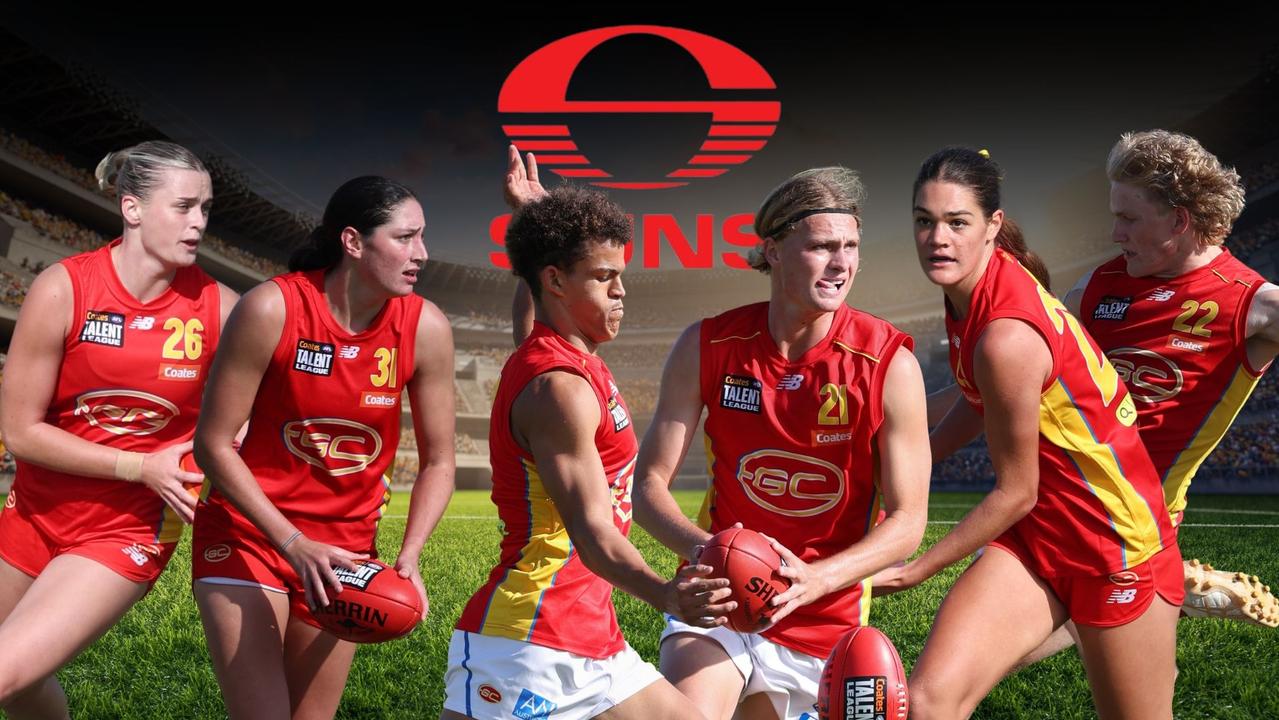AFLW Tackle: Lauren Wood names her likes and dislikes from season 7
When something grows too quickly, there will be pain – and that’s no different in the AFLW. But Lauren Wood has a message for those hitting out at the league’s issues.
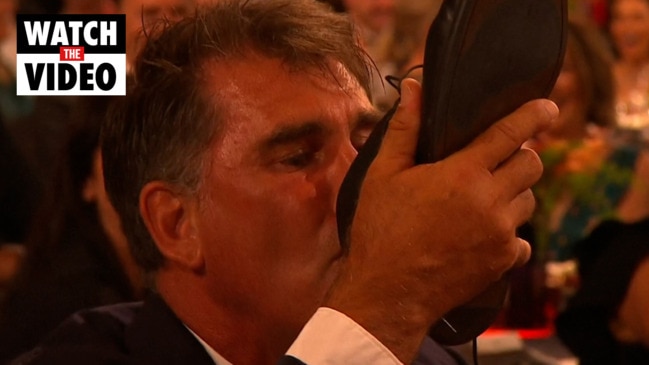
AFLW
Don't miss out on the headlines from AFLW. Followed categories will be added to My News.
As we turn the corner and head full-throttle towards the finals, we take a look at what’s worked and what hasn’t this AFL Women’s season.
LIKES
STAR POWER
The top-tier talent of the women’s competition remains at the fore, with Monique Conti considered by many to be the best player in the game in season seven. Kangaroo Jasmine Garner – a four-time All-Australian – sits at the top of the tree in the coaches’ voting which goes to show the impact she is having, while Bulldogs skipper Ellie Blackburn has only continued to show what she is capable in the Dogs’ midfield. Stars abound.
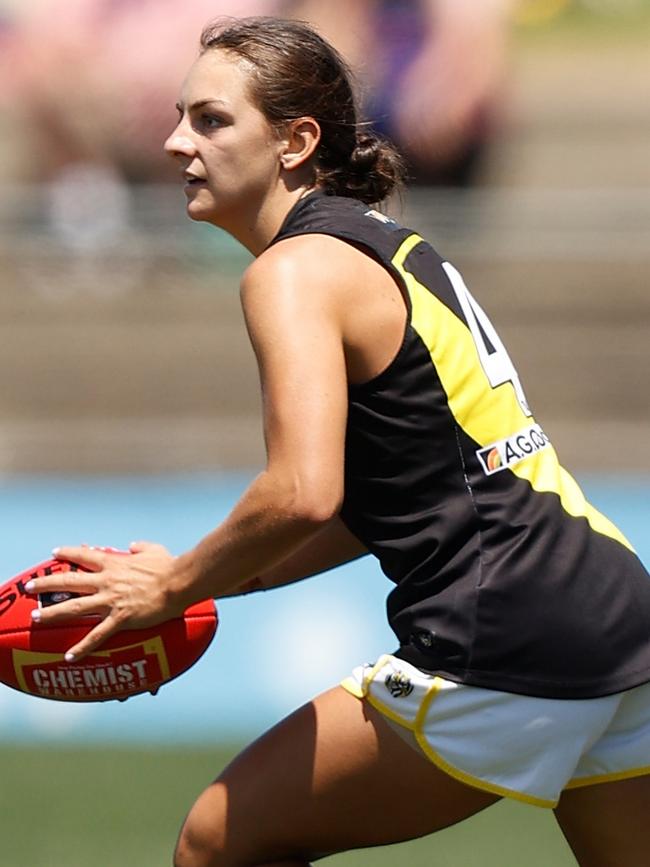
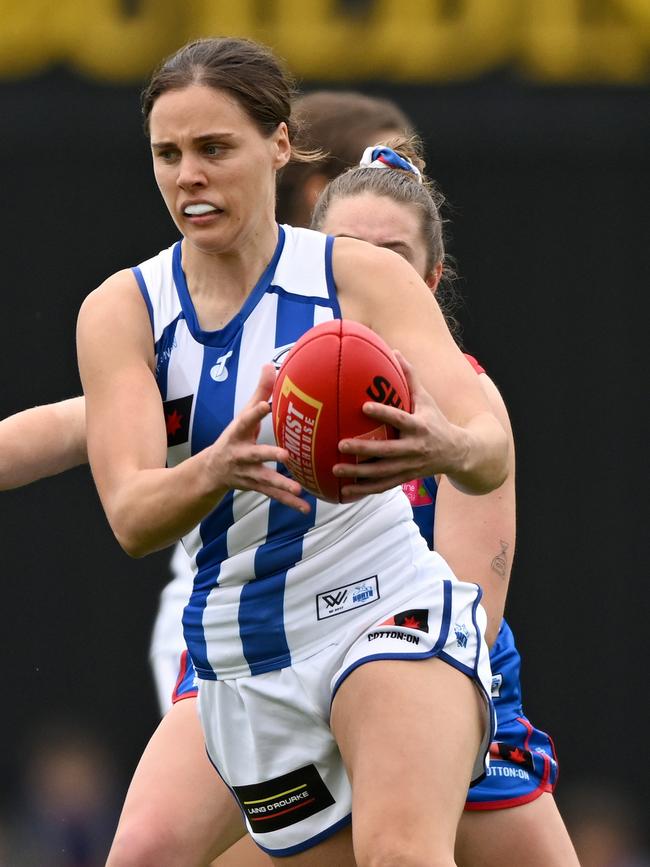
YOUNG GUNS
The next generation have made their impact felt early. Young Cat Georgie Prespakis has well and truly carried on the family’s stellar reputation in the competition – after sister Madison claimed league best and fairest honours in 2020 – while Tiger recruit Eilish Sheerin has taken it all in her stride to sit among the game’s best already. As draftees like Jasmine Fleming juggle both school and elite competition, their time management skills have proven as valuable as their skillwork, with the young Hawk having settled in beautifully.
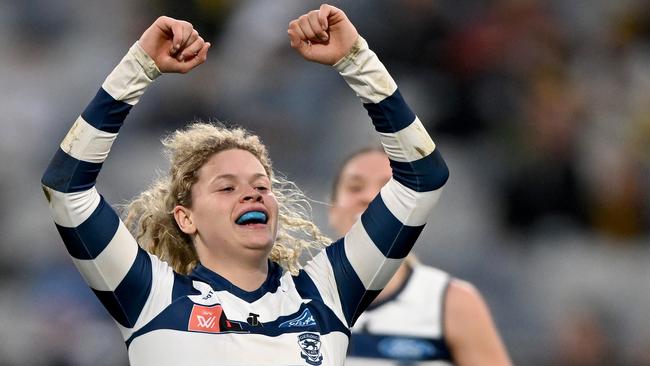
POWER OF PAY
A new pay deal struck on the eve of the second season to be staged in 2022 has been a game-changer. Players are now contracted for more hours per week meaning they are only continuing to lift in fitness and skill standard, while a number have made it clear their stress levels have also considerably dropped. With a significant boost in pay also, many players have also been able to cut back on work commitments – some completely – in order to be able to focus on the game. The next collective bargaining agreement is being negotiated – potentially a joint deal with men’s players – and paid hours, pay rate and the number of games should only continue to grow. Investment pays off.
TIMING IS EVERYTHING
Spring has sprung and so has AFLW in its new timeslot. After kicking around in the height of summer since its inception, the league made what some believed to be a rash call earlier this year to wrench the next season forward to August. There were concerns – justifiable ones. But the adaptability of this playing cohort cannot be underestimated and it’s worked. Starting in the bye weekend before the men’s finals series was perfect and the clear air now beckons. It’s a challenge, but fixturing did test clubs during the finals as men’s and women’s teams were at times split across two venues and even states, making things difficult for resourcing. But the league is confident this is the timeslot. One shortfall is that it doesn’t allow the state league to run concurrently, meaning players out of the team have nowhere to find match form. As the AFLW season lengthens, it should come further back in the calendar to allow both to flourish.
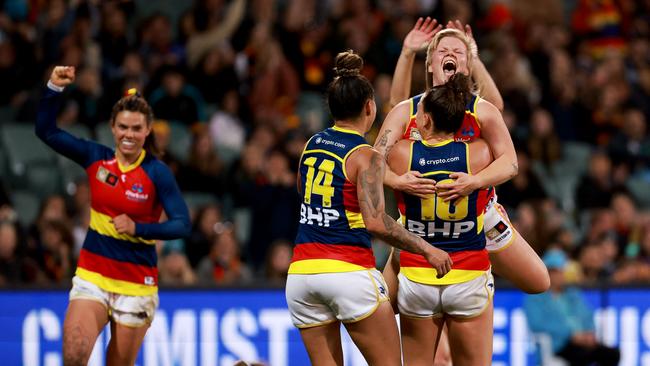
DISLIKES
GROWING PAINS
There have been significant questions raised around issues like scoring, and rightly so. Two teams went goalless last weekend. Four new teams entered the competition this year – that’s more than 100 players who will take time to adjust to the step up. Participation numbers are huge across the country but it will take time to translate those into top talent across the board. The additions have come to a competition that, on the league’s original timeline to introduce it in 2020, should have only just completed its third season. Things just grew too quickly, but the investment is what should be considered important. To have kept the competition at, say, eight teams for a decade would have allowed for more steady growth, but the evidence is obvious at the value of every club having a team. While rapid growth has meant a few red flags, there’s important context. The ill-fated conference system may have been a way around it in the short term but the reality is, things take time. Patience required.

AROUND THE GROUNDS
Facilities at grounds again came to the fore earlier this season when Giants forward and Olympic gold medallist Chloe Dalton hit out at sub-par changeroom standards at a game at Ikon Park. Games simply shouldn’t have been fixtured there until the new rooms were complete. There have also been growing calls for more AFLW games to be played at stadiums and larger venues. The league is committed to its “boutique” grounds, but if the aim is to expose more eyes to a burgeoning competition, venues that have a capacity of just a few thousand people or have questions raised around ground quality shouldn’t be the ceiling they’re becoming.
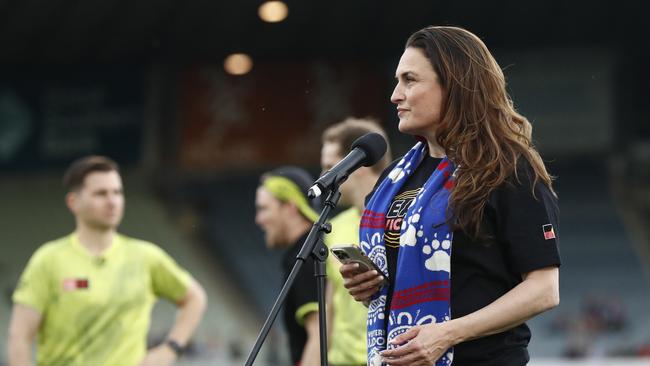
CROWNING FAIL
The league found itself amid a storm of royal proportions earlier this season when it backflipped on its decision to honour Queen Elizabeth II in what was the AFLW indigenous round. An unwillingness to explain its position or how the decision was reached became evident in the days that followed, with star Demon Daisy Pearce the one to provide a nuanced standpoint on why players felt discomfort in the call to acknowledge both. That it was left to a player to do the talking raised plenty of eyebrows.
UMPIRING
The AFLW competition will lose access to the best whistleblowers when it matters most – in the upcoming finals series. A national shortage of umpires, as revealed by the Herald Sun’s Sam Landsberger, saw the AFLW enlist AFL umpires, sending the bill skyrocketing. But the biggest blow is yet to come – AFL umpires are only contracted until October 31, meaning the finals series will be officiated by the best state-league umpires. It’s not good enough and the players made that clear in CBA negotiations back in 2020 — they want top umpires and contracts will have to be adjusted accordingly for next season.
Originally published as AFLW Tackle: Lauren Wood names her likes and dislikes from season 7



